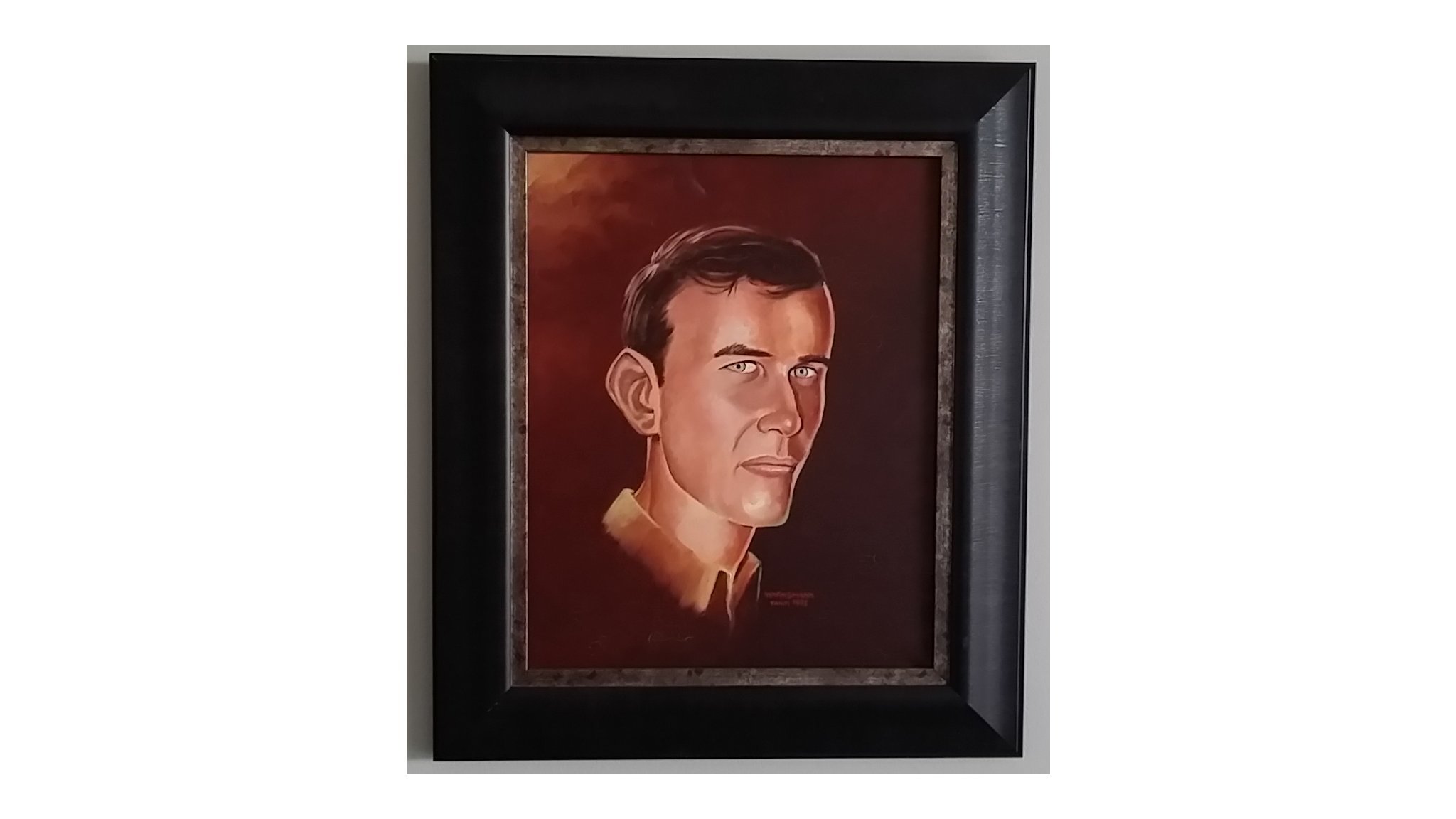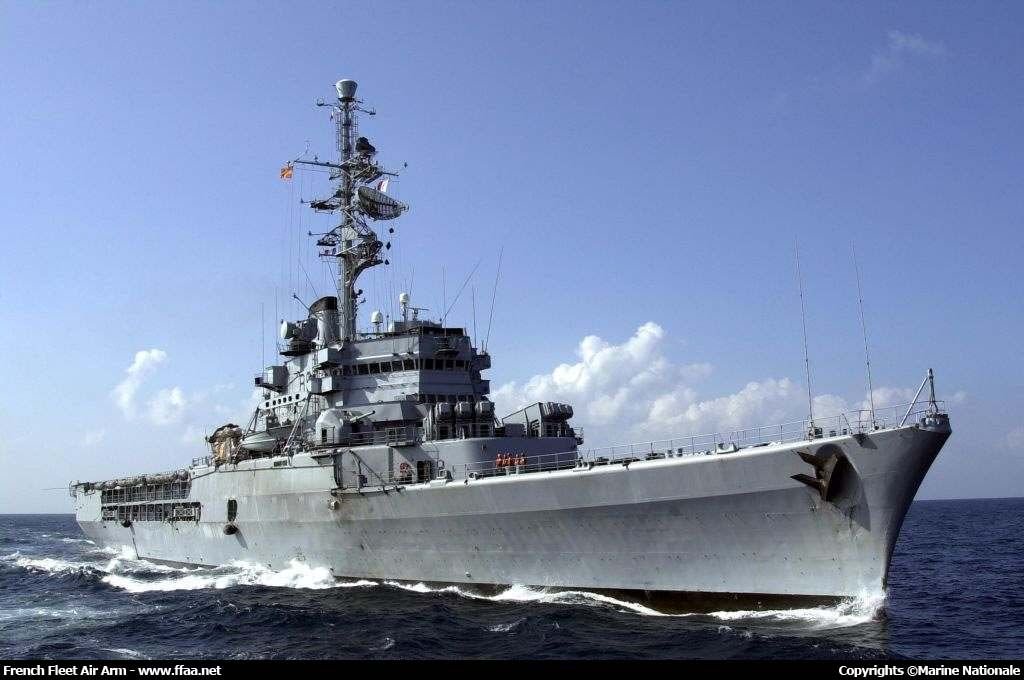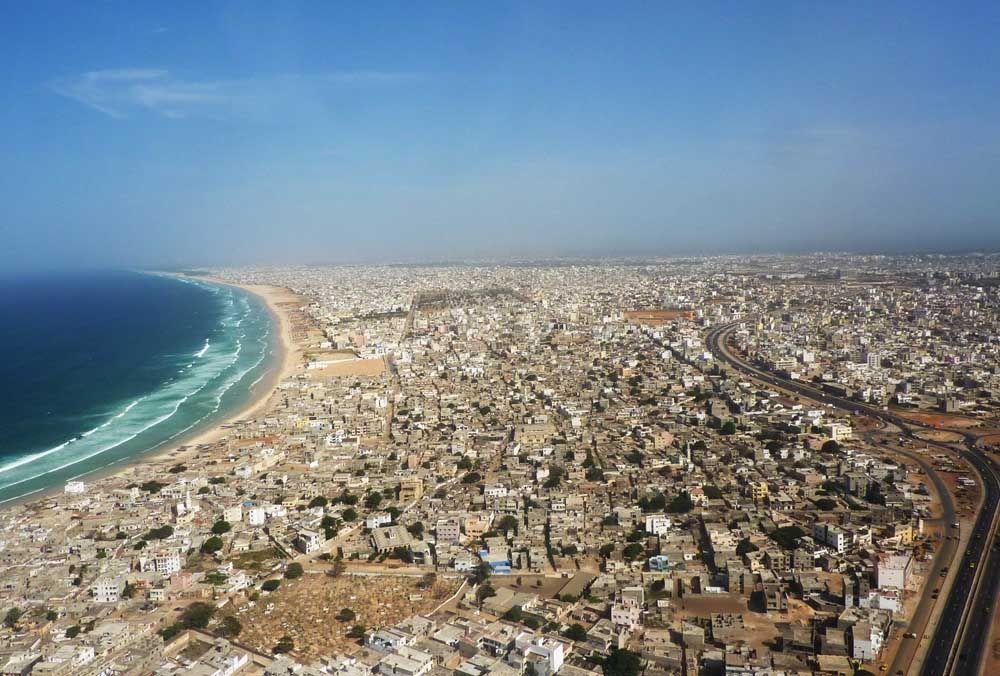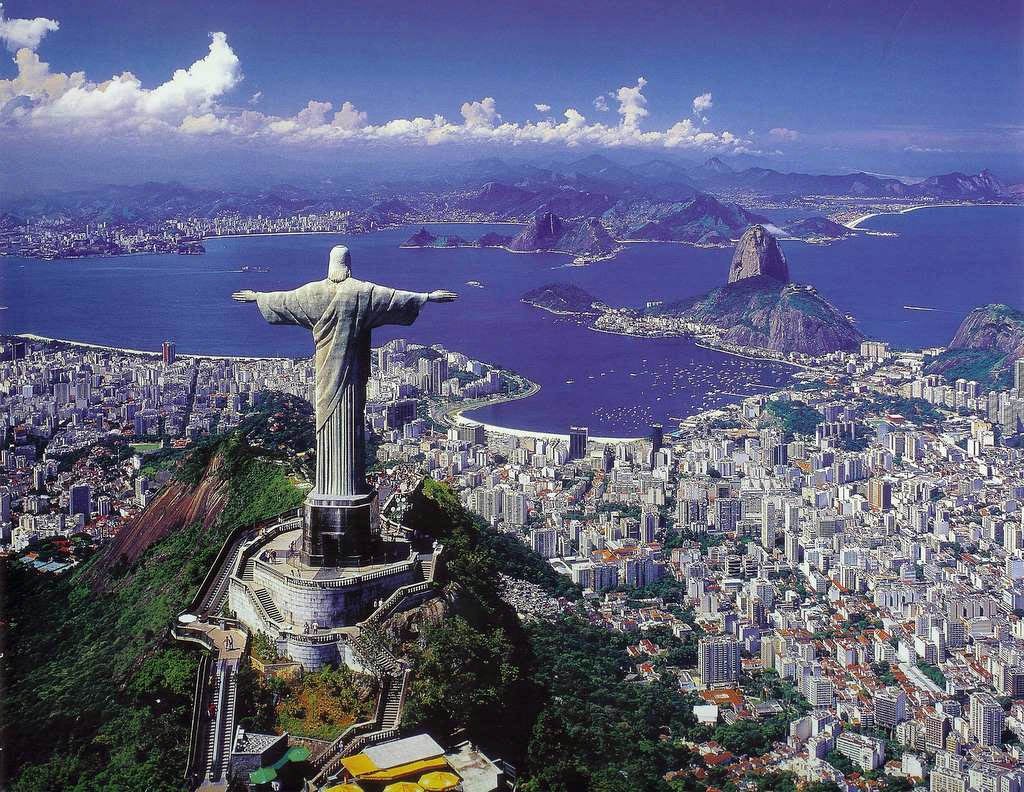This is the story of my life so far: 67 years and counting.
Prequel: A Brief History of my Family in France

The story starts here
Previous episode: Part 28
On Board the "Jeanne d'Arc"

The Jeanne d'Arc
source
On the Jeanne d'Arc, we were also grouped in "postes" (dormitories) that were, of course, much smaller that those at the École Navale. In each poste, there were twelve beds, four groups on three beds on top of each others, a large table with twelve chairs and twelve individual closets, that's it. I was in Poste 21, with different members of the promotion.
We were no longer "élèves-officiers" (student-officers), but "officiers-élèves" (officer-students).
With us on the Jeanne d'arc were other "officiers-élèves": the "commissaires" and the "EMF".
The "Commissaires de la Marine" were officers of a corps that organized and coordinated the logistical support of the maritime forces in the following fields: naval spare parts, current fuel equipment for navigation, clothing, food supply. Many of them were embarked on big ships. Those commissaires-élèves that were with us on the Jeanne d'Arc were university undergraduates that had spent a year at their special school in Toulon. We first met these guys on the Jeanne d'Arc.
L'"École Militaire de la Flotte" (EMF) had been created recently and their first promotion had been instructed the previous year at the École Navale. They had been recruited amongst the Navy petty officers through a competition. We knew already these guys. Some of them were more than 15 years older than myself, that was almost the youngest of the promotion.
There was a special wardroom for us "officers-élèves" and a bar, where we could relax and drink coffees, wine and hard liquors. It is a tradition in the French Navy that officers and petty officers may drink on ships, even when at sea.
Departure to Dakar, Senegal
We left Brest on October 27th to Dakar, Senegal on the west coast of Africa.
As I remember, it took us nine days from Brest to Dakar. That is a mean speed of around 12 knots (less that 23 km/h). For a ship that could easily and economically go up to 20 knots, that is not a high speed. But the goal was not to go as fast as possible, but to instruct us on the different activities that we will have to perform at sea when we become Navy Officers.
Between Brest and Dakar, on my 21st birthday I ceased to be a minor. The only difference for me was that I was able to vote. two years before, when I started École Navale, my parents had asked the court to grant me civil "emancipation": I was already able to do every civil acts that normally required legal majority. These days, the age of legal majority in France is 18 years old.
Dakar was my first contact with Africa. There will be several more visit to this continent in my life, including at least another visit to Dakar.

Dakar
source
During our stay in Dakar, with some colleagues, we rented a car and went to visit a fishing village that we had been told was picturesque. The road close to the village had a sharp left turn, so we could not see the village before turning.
As soon as we arrived, our car was surrounded by a dozen youg boys, 8 to 12 years old, that were all talking to us.
The first one we heard distinctly said:
- Pour la pirogue, c'est Augustin! (For the pirogue, it's Augustine!)
These young boys were working for their older brothers that owned pirogues that we could rent with them as "piroguiers". So, we rented several of these pirogues, and I am sure one of the piroguiers was Augustin.
Almost 50 years later, I can still see our car surrounded by the young boys and hear " Pour la pirogue, c'est Augustin!".
Rio de Janeiro, Brazil
We left Dakar to cross the Atlantic ocean and go to Rio de Janeiro, Brazil, where we arrived on November 29th.
When we arrived at a new port, for instruction purposes, some of us would be in the engine room to see what the mechanics do when they stop the steam engine. Because the Bay of Rio is so spectacular when arriving by see, the administration had decided that none of us would be in the engine room and that we would all see the spectacle from the deck of the ship.
However, when we arrived, it was foggy and we were not able to more than 500 metres. So much for the spectacle. The next day, the situation was the same: no visibility.
Finally, the third day, when we were said to wake up, we were told on the PA:
- The weather is fine, you can see now the Christ of the Corcovado.
And indeed, we could now see the famous giant statue of Christ the Redeemer on the Corcovado mountain, as well as the famous Sugarloaf mountain.

source
Of course, we went to the famous beaches of Copacabana and Ipanema.
Then we left to go south toward Montevideo, the capital city of Uruguay.
Continue to Part 30
If you like this story, please consider to follow me
Summary
Part 1 - Part 2 - Part 3 - Part 4 - Part 5 - Part 6 - Part 7 - Part 8
Part 9 - Part 10 - Part 11 - Part 12 - Part 13 - Part 14 - Part 15 - Part 16
Part 17 - Part 18 - Part 19 - Part 20 - Part 21 - Part 22 - Part 23 - Part 24
Part 25 - Part 26 - Part 27 - Part 28

